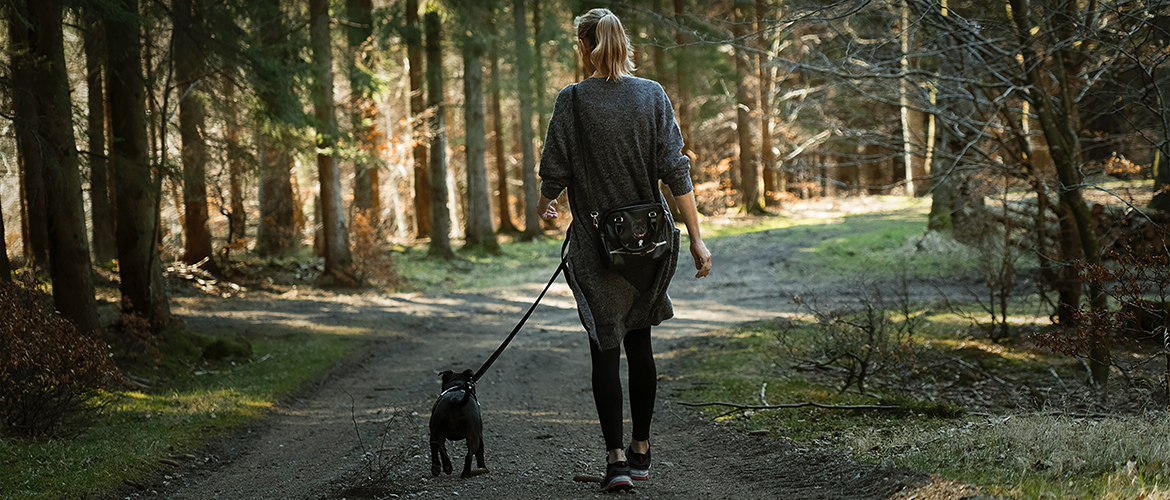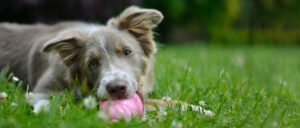You Might Be Ruining Your Dog’s Walk, Here is how to fix it
One of your dog’s favorite activities is going for a walk. This might be the highlight of their day. Taking your dog for a stroll may do more than just help him relieve himself. It can provide them with physical exercise, mental stimulation, and the opportunity to keep track on the neighborhood. To ensure that your dog truly enjoys their walks, avoid these three frequent blunders.
Fast or Rushed Bathroom Breaks
It is crucial to understand why dogs choose to excrete in specific locations. It’s not only about relieving oneself; it’s also about interacting with the rest of the world. Dogs send information about their presence to other dogs by urinating. Smelling another dog’s urine, on the other hand, reveals a lot about the rest of the dogs in town, including their health, gender and age. Dogs using this pee-mail method stay up to speed with what’s going on in their community.
Dogs on a leash go sniffing for all the locations where other dogs have deposited feces so they can add their own deposit on top. This is a form of graffiti, similar to the one carved in English on a wall by humans: “Bacon was here.” Male dogs, for example, will raise their back leg as high as possible to ensure that their urine reaches the nose level of other dogs.
If a dog’s urine or feces isn’t enough of a message, they may scratch the ground with their feet to make it even clearer. They also use unique glands between their toes to leave extra scents on the ground as they scratch, providing even more impact to the scent mark.
All of this smelling and scratching takes focus and time. Giving your dog the opportunity to smell the pee-mail and leave his own notes will help him get the most out of his walks. If you don’t want your stroll to be too long, or if you just want to keep him from peeing in certain places, teach him potty signals. This will allow you to tell him when and where you want him to go.
Don’t Allow Your Dog to Sniff and Explore
Dogs have up to 300 million scent receptors in their noses, whereas humans have just five or six million. They also have a considerably larger region of their brain dedicated to their sense of smell and a Jacobson’s organ that helps them detect undetectable odors such as pheromones. This amounts to a sense of smell that is at least 10,000 times superior than a human’s. With their noses, it’s almost hard for us to comprehend the amount of information they perceive.
While we might advise a friend to take a break and smell the roses when we believe she needs to unwind and enjoy herself, it’s an more precise term when applied to our dogs’ walks. Dogs use their noses to explore the world, and just as we might want to turn our heads about to take in the view, they likewise want to smell everything that their environment has to offer.When you pull your dog away from a fascinating scent or order him to heel the whole route around the block, he won’t be able to appreciate everything about his environment and loses out on mental stimulation.
On a scent trail, certain dogs seem to be slaves to their noses and only think about the smell. When out on a stroll, dogs can become distracted and unfocused. Proper training might help them regain their focus. To take their minds off the odor and redirect their attention back to you, provide teaching cues such as “Watch me” or “Leave it.” To help develop good walking conduct, use brief bursts of heeling or loose leash walking followed by frequent sniffing sessions.
Pulling On the Leash
From a dog’s perspective, humans walk at an alarmingly slow pace. Dogs will quickly drag their owners behind them as fast as they can go to follow intriguing scent trails and get where they want to go. One of the most common reasons we give for a dog pulling on its leash is to pull away. However, this seldom results in a loose leash. Instead, we end up in a leash tug-of-war with a big and powerful dog, and the human is likely to lose.
The reason for this is that dogs have an counter-reflex, which means if you pull on their leash, they will resist. If you try to drag them in the opposite direction, they will dig in and refuse to walk. They aren’t doing it to be obstinate or controlling; rather, it’s merely the way their bodies react. All that strain on the lead is uncomfortable for their throat, especially for tiny dogs or those who have a propensity to collapse trachea. It’s also a bummer for your dog since it prevents him from exploring and provides him no instructions on what you want him to achieve instead.
To teach your dog to walk with a loose leash, stop and alter direction whenever he gets ahead of you. If your dog is following you and then catches up, give him a pat on the back, a tiny treat, and permission to keep going. When your dog is walking, keep the leash loose. The loose leash will relieve his throat pressure and prevent you from unleashing his resistance reaction. If you already have a strong puller, consider utilizing a training harness or head harness while practicing your dog’s polite walking skills.
Remember these pointers if you want to teach your dog to walk politely on a leash:
- Don’t Allow Your Dog to Sniff and Wander While on a Leash
- Teach him when and where he may go.
When You Take Your Dog for a Walk:
- Keep His Attention With Mindful Heeling Keep The Leash Loose
When They Stop to Sniff:
- Allow your dog 5-15 seconds of exploring before guiding him to leave. Give him a signal or walk on by once he’s had his fun.
If you notice your dog struggling to walk due to joint pain, then consider CBD oil for dogs.






